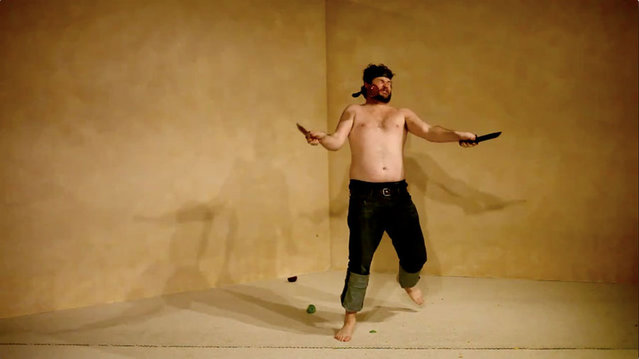15 May 2021 08:22:00,post received
0 comments
Details
Details
01 Feb 2019 00:03:00,post received
0 comments

The shoe works similarly to a fitness tracking device, using an accelerometer, gyroscope, Bluetooth and other off-the-shelf technologies to analyze the wearer’s movements and offer motivating and timely commentary. It might tell you to get going if you’ve been idle for too long or cheer you on if it senses you being very active. Its comments can be posted to Google+ by the user, sent to real-time ad units, or broadcast via onboard speakers.
13 Mar 2013 11:49:00,post received
0 comments
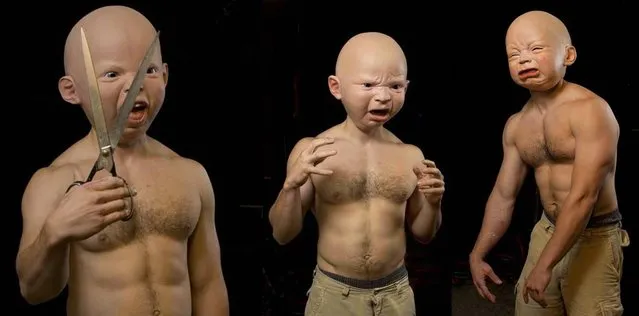
If you can’t find your inner child, at least you can put on this disturbingly realistic baby mask. For best results, wear it on a topless muscular body. Each baby head is individually handcrafted by artist, Landon Meier. Made from a high quality, extra thick latex, one size fits all. You can get one for only $250 + shipping.
17 Apr 2013 10:42:00,post received
0 comments
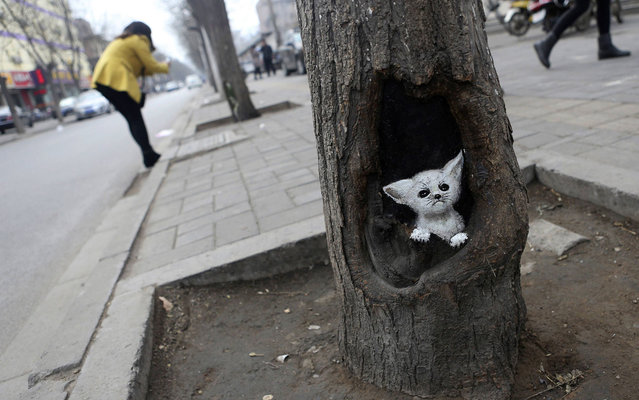
An image of a Fennec fox painted on a tree hole by Wang Yue is seen in Shijiazhuang, on March 13, 2013. Wang Yue, a senior at Dalian Industry University, uses her paintbrush to turn ugly tree holes into lovely views in Shijiazhuang, capital city of Hebei Province, China. Wang and her companions call the tree-hole paintings “meitu”, which means “beautiful journey”. The paintings on the trees have brightened the city during the dull, grey winter. (Photo by Pillar Lee/Reuters)
P.S. All pictures are presented in high resolution. To see Hi-Res images – just TWICE click on any picture. In other words, click small picture – opens the BIG picture. Click BIG picture – opens VERY BIG picture (if available; this principle works anywhere on the site AvaxNews).
P.S. All pictures are presented in high resolution. To see Hi-Res images – just TWICE click on any picture. In other words, click small picture – opens the BIG picture. Click BIG picture – opens VERY BIG picture (if available; this principle works anywhere on the site AvaxNews).
16 Mar 2013 11:27:00,post received
0 comments
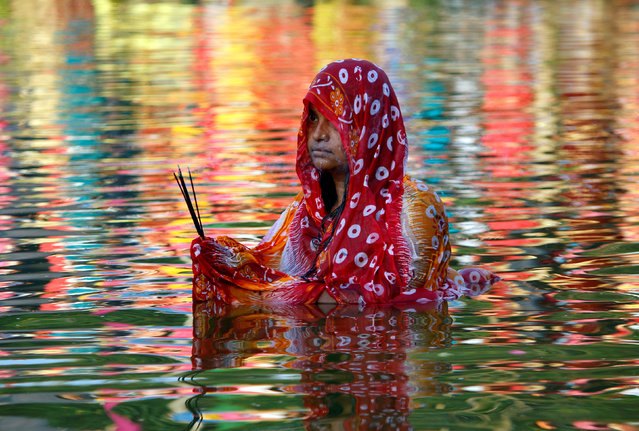
A Hindu woman worships the Sun god in the waters of a lake during the religious festival of Chhath Puja in Agartala, India, November 13, 2018. (Photo by Jayanta Dey/Reuters)
23 Nov 2018 00:01:00,post received
0 comments
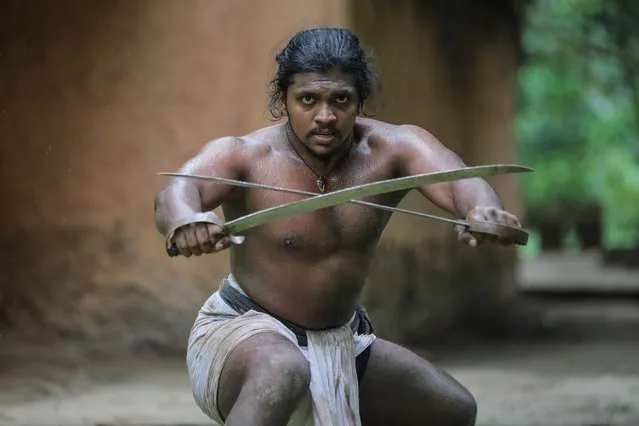
A student of the Sri Lankan ancient martial art “Angampora” performs during a practice session at the angam maduwa or fighting field, in Korathota, a suburb of Colombo, Sri Lanka, 07 September 2022. Sri Lanka's ancient martial art, Angampora, is thought to be thousands of years old. Anga translates to “body parts” and Angampora is a fighting art that uses body parts. Martial arts practitioners in Angampora were mostly in the king's service, and they were tasked with protecting the king and his kingdom. Angampora was practiced in secret for most centuries because the British, who colonized Sri Lanka, banned it in 1818 after seeing it as a threat. (Photo by Chamila Karunarathne/EPA/EFE)
14 Oct 2022 04:47:00,post received
0 comments
Last searches:



